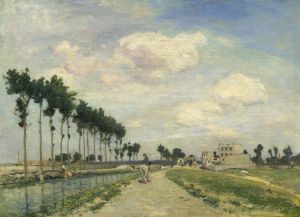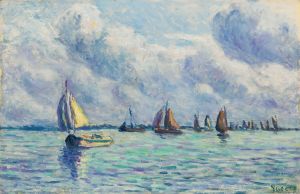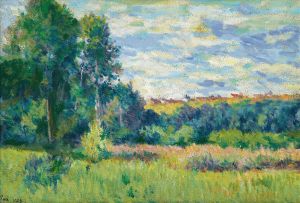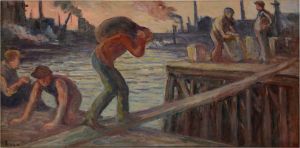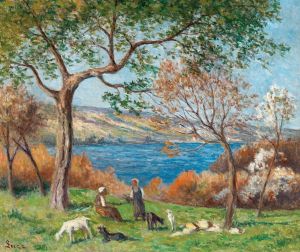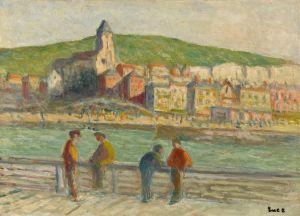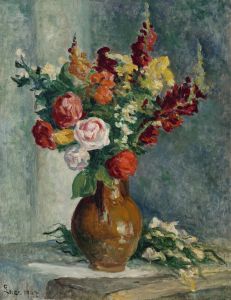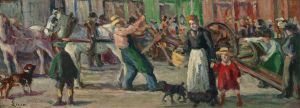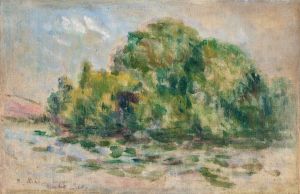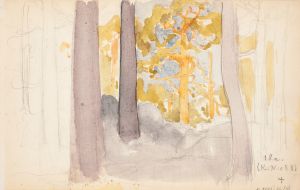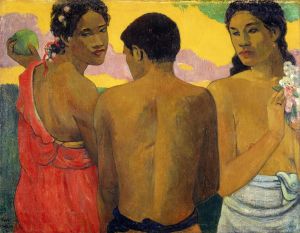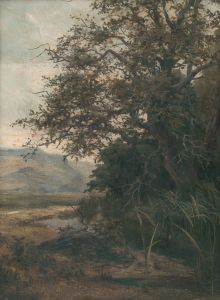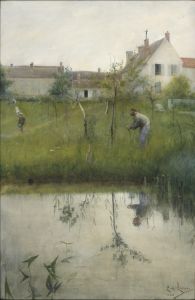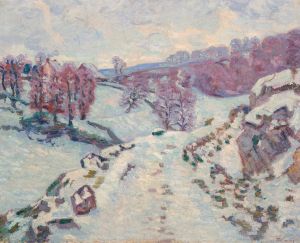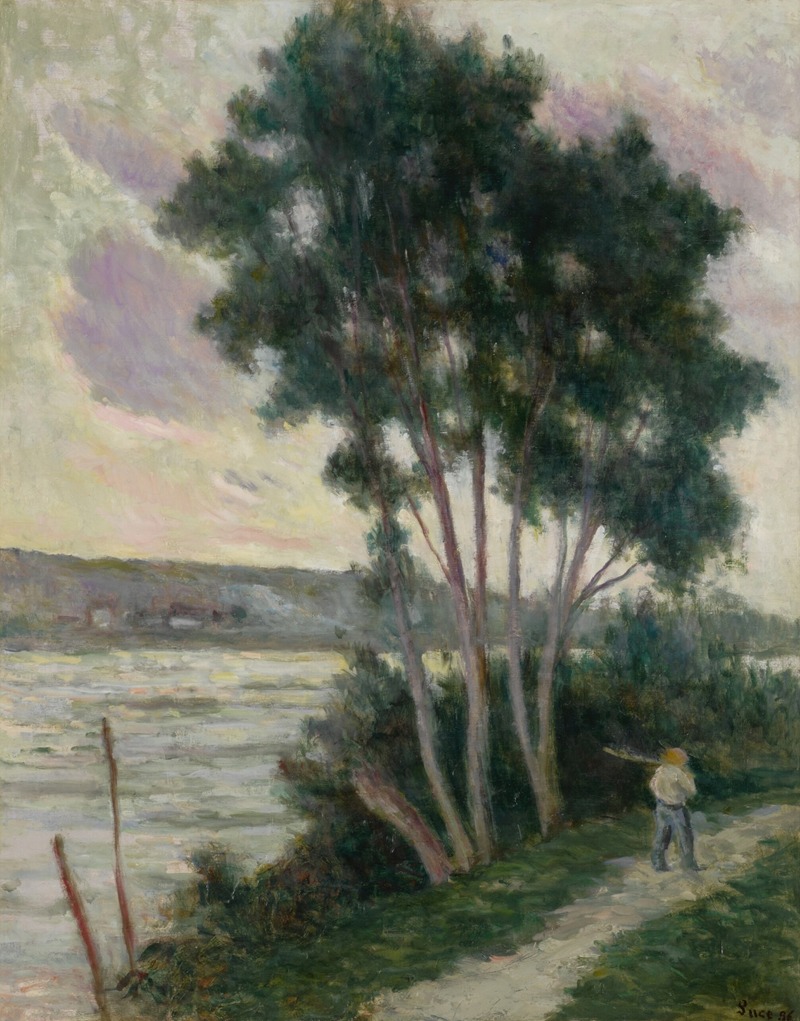
Sandrecourt, le chemin au bord de la rivière
A hand-painted replica of Maximilien Luce’s masterpiece Sandrecourt, le chemin au bord de la rivière, meticulously crafted by professional artists to capture the true essence of the original. Each piece is created with museum-quality canvas and rare mineral pigments, carefully painted by experienced artists with delicate brushstrokes and rich, layered colors to perfectly recreate the texture of the original artwork. Unlike machine-printed reproductions, this hand-painted version brings the painting to life, infused with the artist’s emotions and skill in every stroke. Whether for personal collection or home decoration, it instantly elevates the artistic atmosphere of any space.
Maximilien Luce was a prominent French Neo-Impressionist painter known for his contributions to the Pointillist movement, which was characterized by the use of small, distinct dots of color applied in patterns to form an image. Born on March 13, 1858, in Paris, Luce initially trained as an engraver before transitioning to painting. He became associated with the Neo-Impressionists, a group that included artists like Georges Seurat and Paul Signac, who were interested in the scientific study of color and light.
"Sandrecourt, le chemin au bord de la rivière" is one of Luce's works that exemplifies his mastery of the Pointillist technique. The painting captures a serene landscape scene, likely depicting a path by a river in Sandrecourt, a location that may have inspired Luce with its natural beauty. The composition reflects Luce's interest in capturing the effects of light and atmosphere, a hallmark of the Neo-Impressionist style.
Luce's technique involved applying small, precise dots of pure color to the canvas, which would blend in the viewer's eye to create a luminous effect. This method was rooted in contemporary color theory and optics, aiming to achieve greater vibrancy and harmony in the depiction of light. In "Sandrecourt, le chemin au bord de la rivière," Luce's use of color and light would have been intended to evoke the tranquil and idyllic nature of the riverside path.
Throughout his career, Luce was deeply influenced by the social and political climate of his time. He was known for his anarchist views and often depicted scenes of working-class life and social unrest. However, his landscapes, such as "Sandrecourt, le chemin au bord de la rivière," reveal another side of his artistic vision, one that is more focused on the beauty and tranquility of nature.
Luce's work was well-regarded during his lifetime, and he exhibited regularly at the Salon des Indépendants, an annual exhibition in Paris that was crucial for artists who were outside the official Salon system. His paintings were appreciated for their technical skill and the way they captured the essence of the French countryside.
"Sandrecourt, le chemin au bord de la rivière" fits within the broader context of Luce's oeuvre, which includes both urban and rural scenes. His ability to convey the mood and atmosphere of a place through his meticulous application of color is a testament to his skill as a painter. Luce's landscapes often invite viewers to pause and reflect on the simple beauty of the natural world, a theme that resonates with the ideals of the Neo-Impressionist movement.
Maximilien Luce continued to paint and exhibit his work until his death on February 6, 1941. His contributions to the Neo-Impressionist movement and his unique approach to capturing light and color have left a lasting impact on the art world. "Sandrecourt, le chemin au bord de la rivière" remains an example of his dedication to exploring the interplay of light, color, and nature through the innovative techniques of his time.





